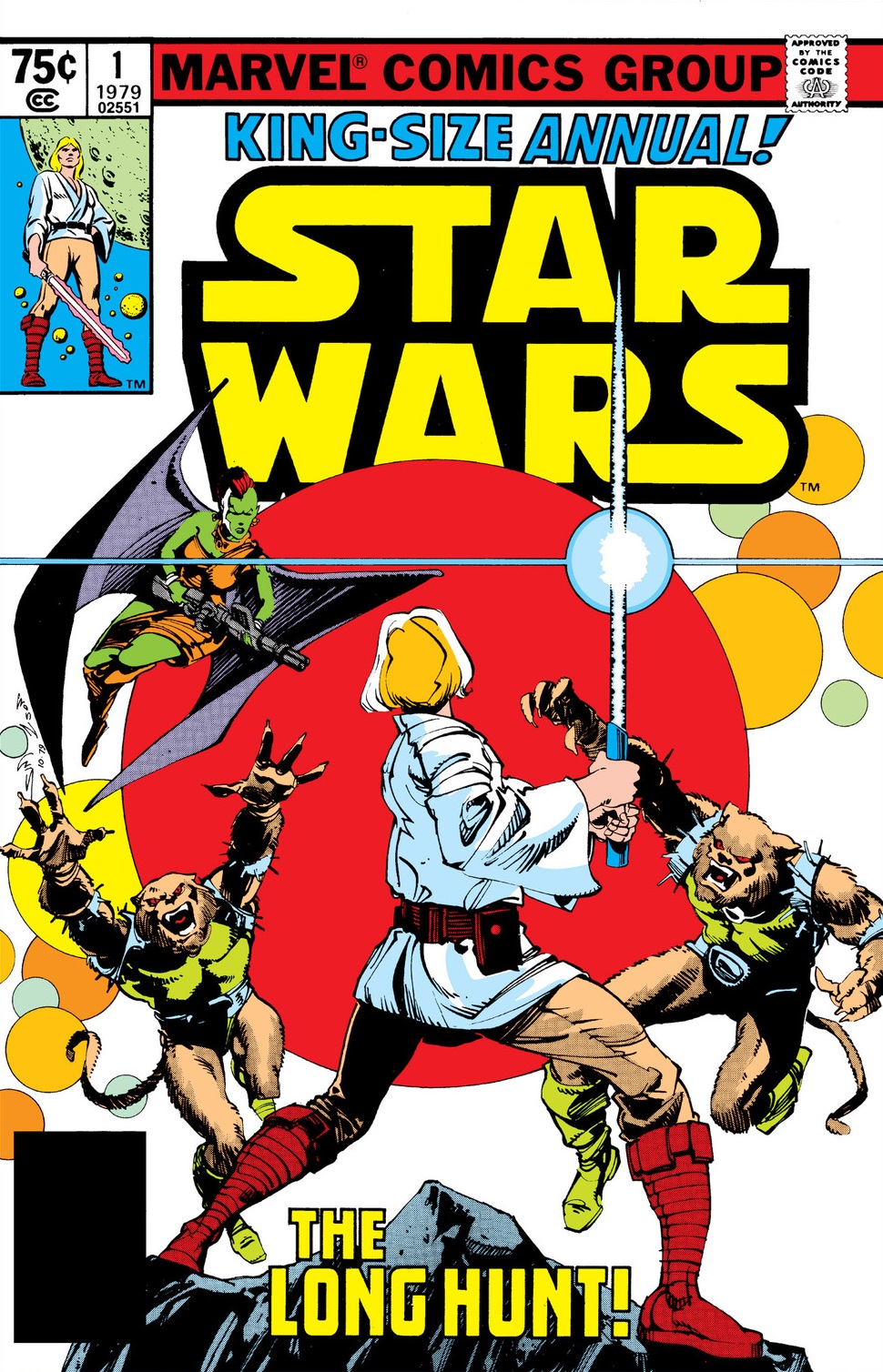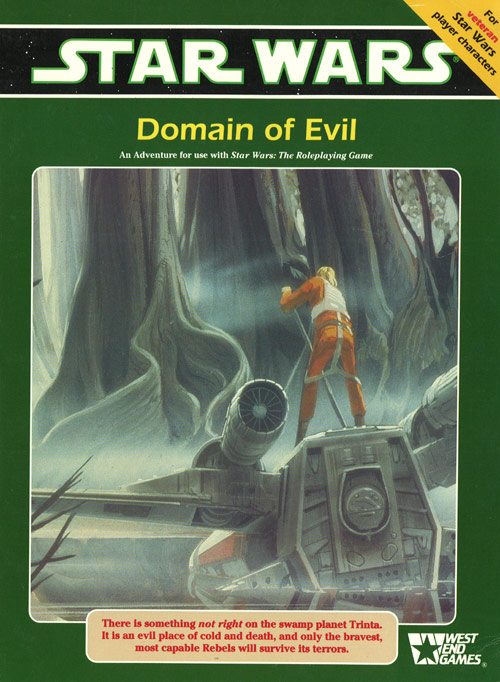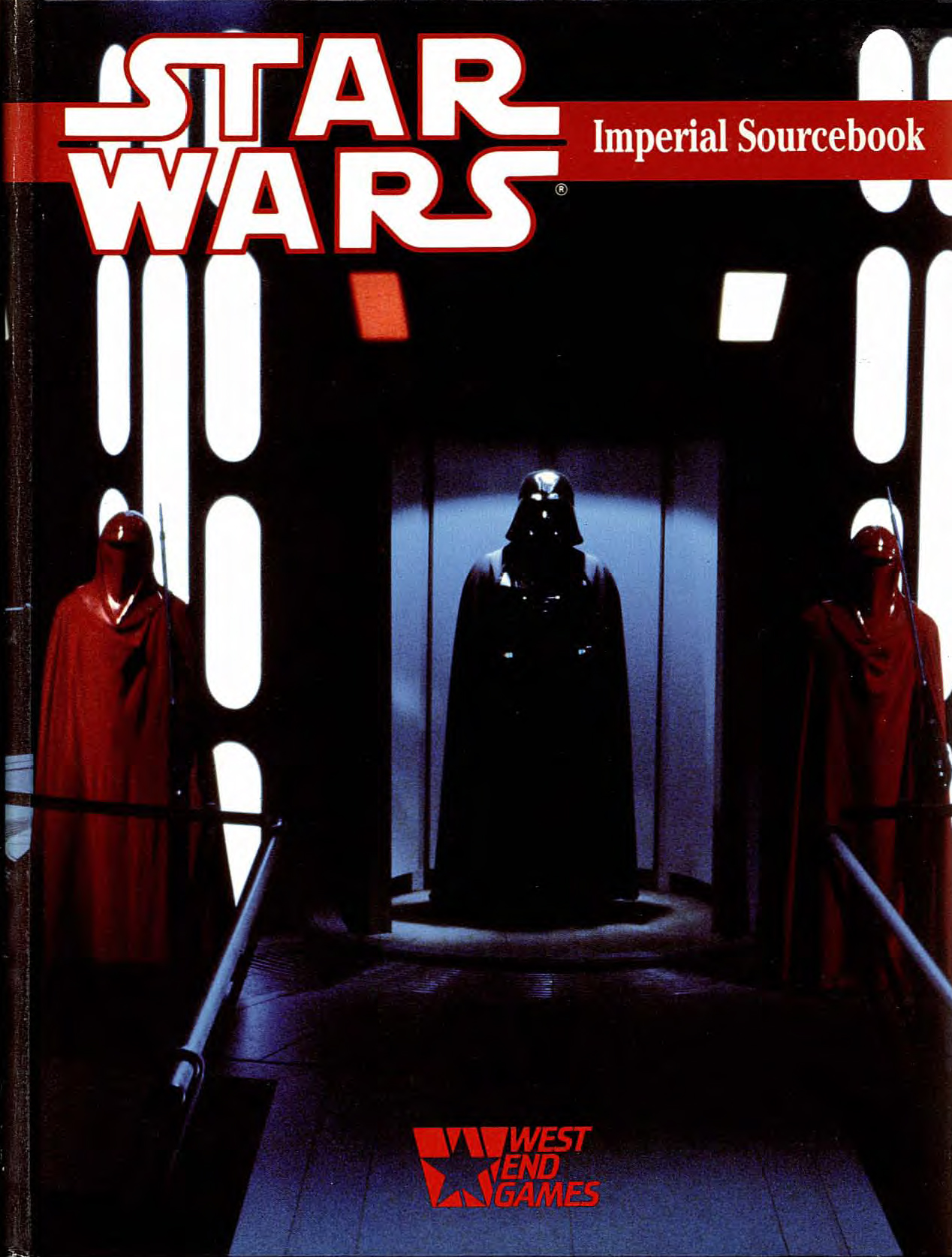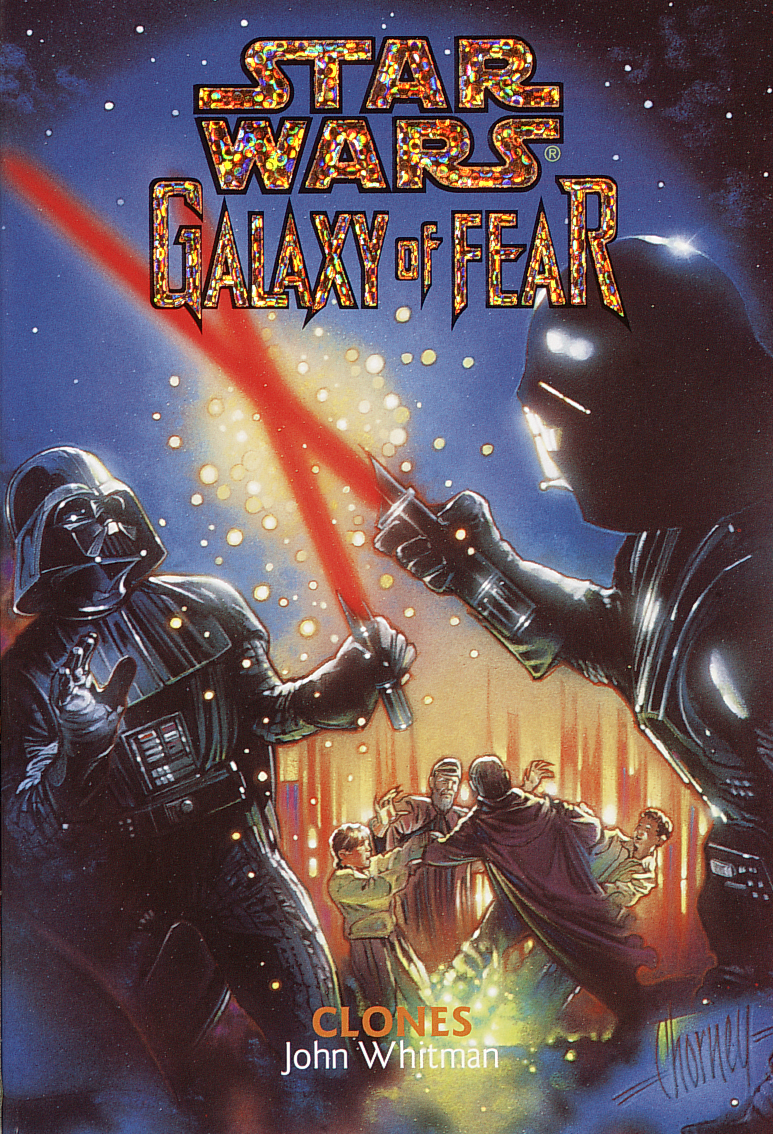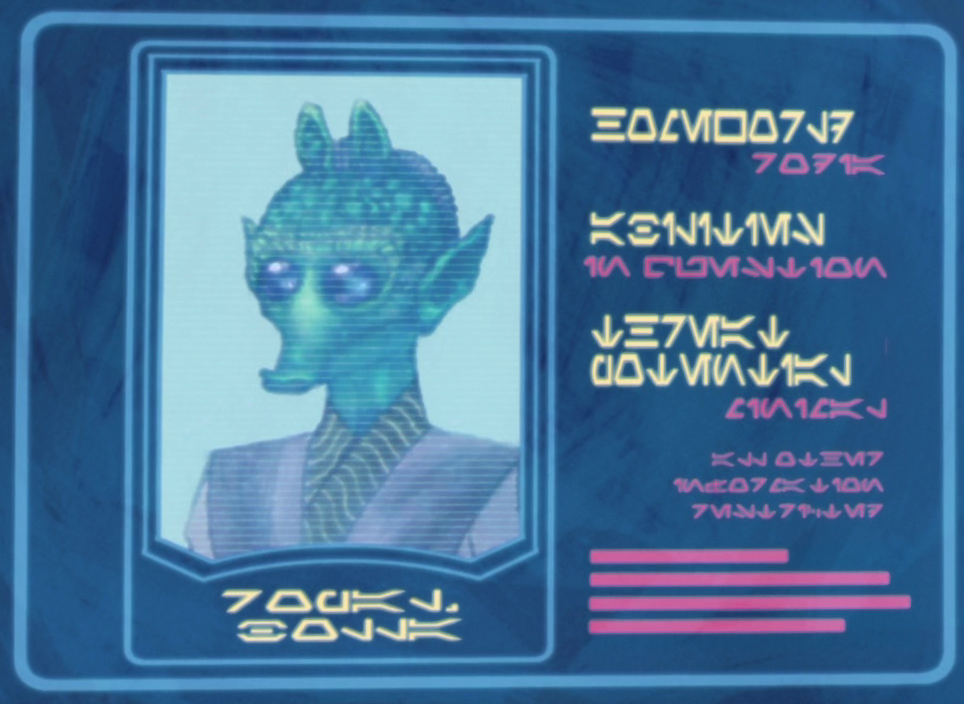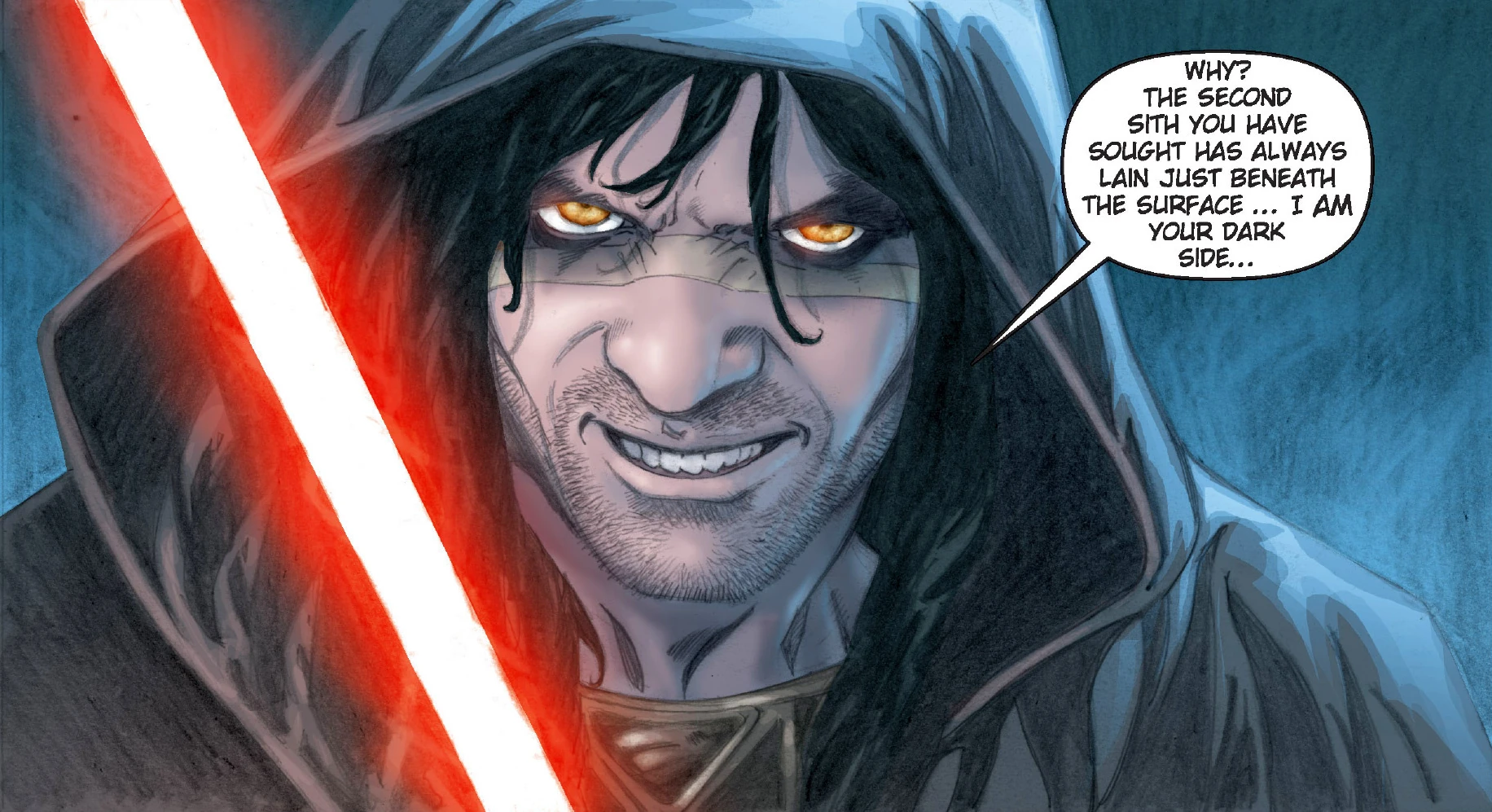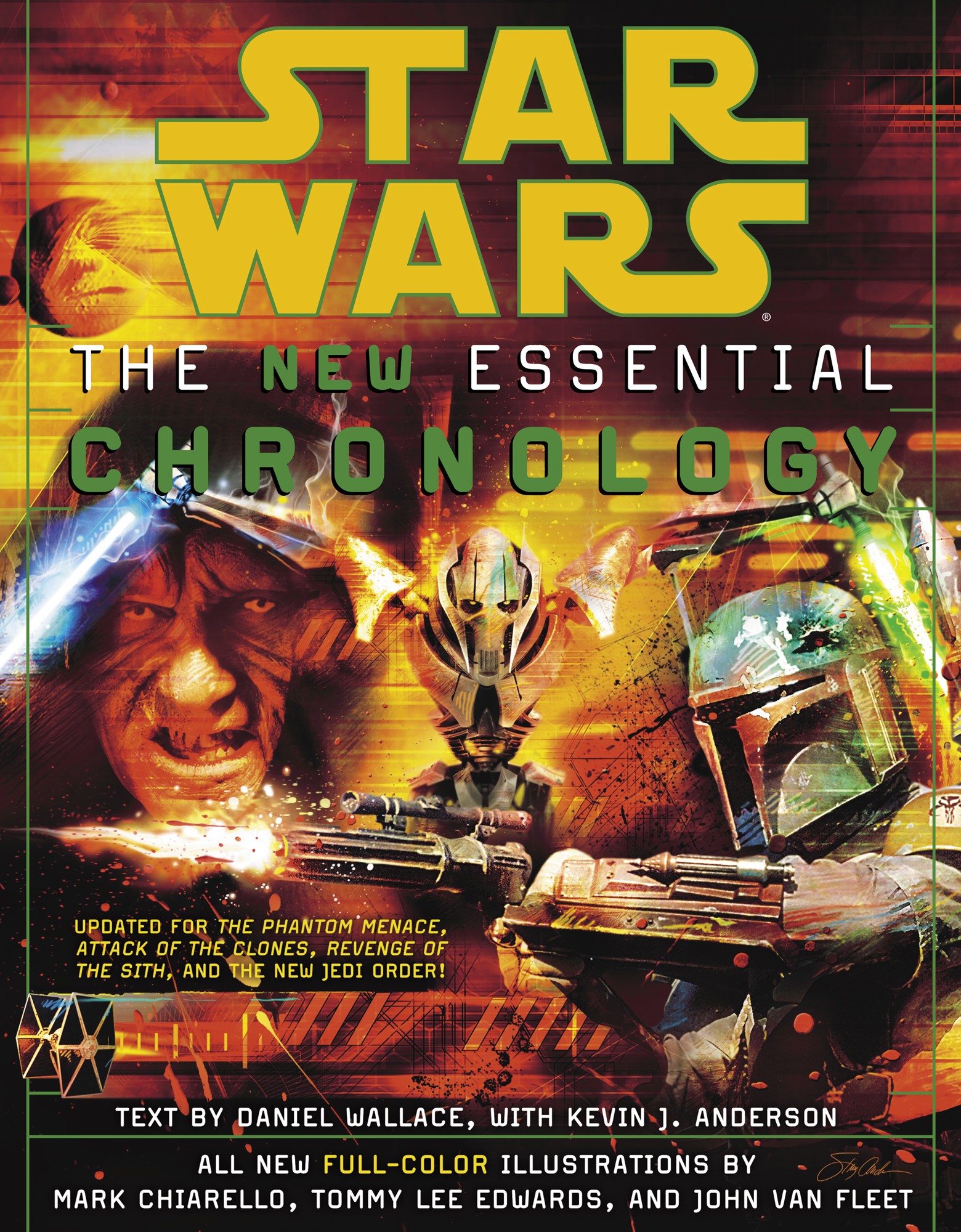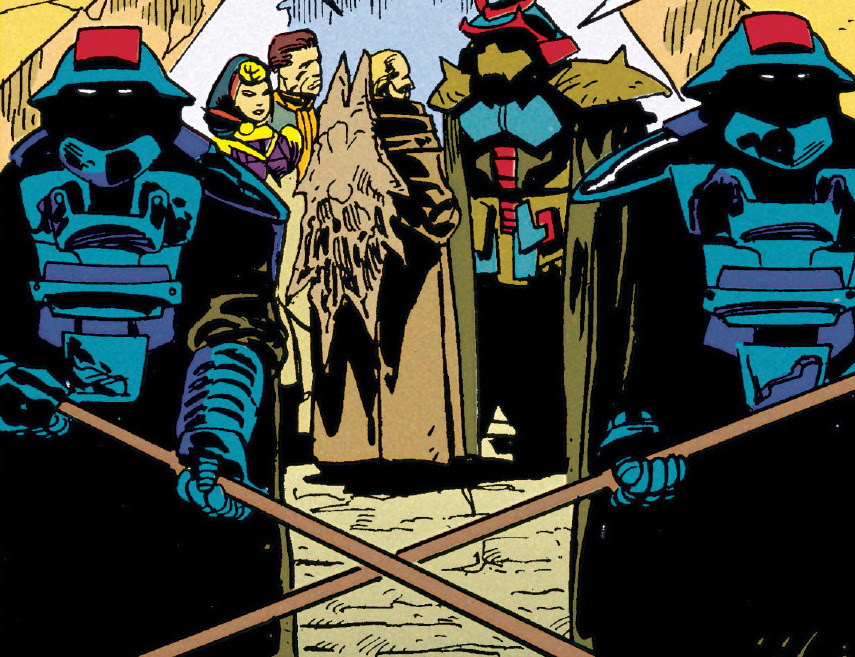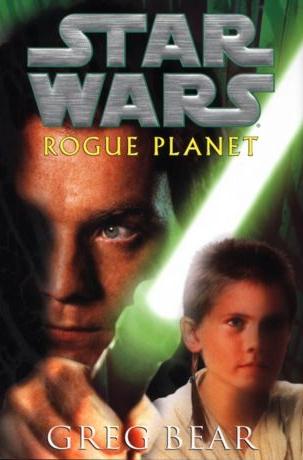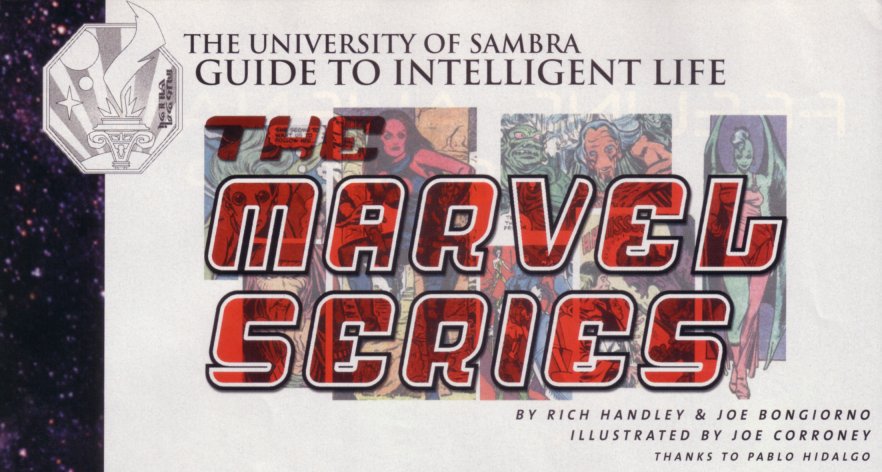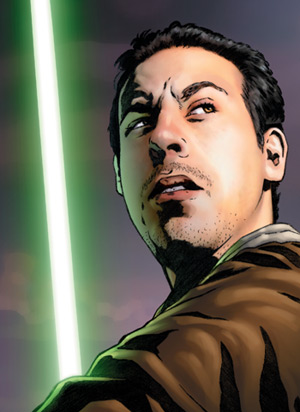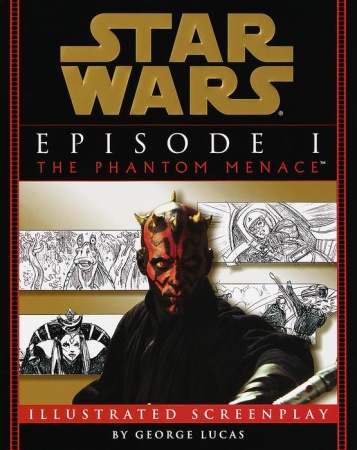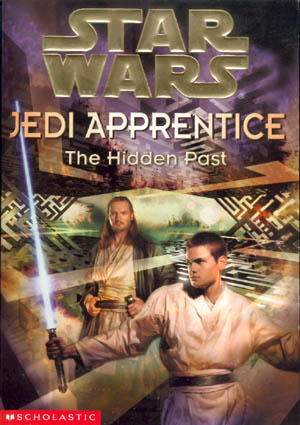You made it back! Thanks! Welcome yourself to this totally
satisfying no-prize: { }.
Well, once again, if you haven’t yet read the bomb bookends that
are my Star Wars novella SkyeWalkers: A Clone Wars Story and Star Wars short story “Lone Wolf: A Tale
of Obi-Wan and Luke,” please download those (for free!) and enjoy an afternoon
of kickass Star Wars adventcha!
Now, what you’re
reading here is the next set of editorial footnotes that I submitted with the manuscript
for SkyeWalkers. Sure, in the last bunch
I touched on concepts as basic and sacred to longtime Star Wars fans as the nature of Obi-Wan Kenobi’s relationship to
his “brother” Owen and the plural
possessive form of “Jedi”—but in this collection of notes I raise the
stakes, marshaling everything from poetic license to scientific estimates to
defend some of my oh-so-controversial literary choices (including the development
of a Sith conspiracy theory). On top of that, I document the evolution of Force
levitation, and even find myself forced to get philosophical about Star Wars grammar because of my previous principled stance. This shee was
definitely not covered in the Star Wars
Styleguide.
And I haven’t
even gotten to the notorious “Darth Maul” footnote….
That’s for next
time.
21
(page 40) It sat the four flinty-looking
members of the S’kytri Supreme Council: “In Star Wars Annual #1, there appear to be five councilors, not
counting the patriarch: the female speaker plus four blue guys. I’ve reduced
the number to four here because, whereas the Outland Clan is presumably
represented in Annual #1, that clan
is here in revolt.”
22
(page 40-41) …the S’kytri were a culture
of animists, believing all things on their planet indwelt by a living essence:
“Star Wars Gamer #1, ‘The University
of Sanbra Guide to Intelligent Life: The Marvel Series.’”
23
(page 44) Henceforth, a Jedi could have
but one pupil: “From the Knights of
the Old Republic Campaign Guide.” [This note actually sources something I
myself wrote in another Star Wars
book as justification, which always seems like cheating to me—sort of like if
theologians could write new gospels and then get to reference those additions
as evidence when arguing subsequent positions. In any case, I wasn’t so proud as to let that moral quandary get
in the way of me writing a good story. Obi-Wan’s full quote here is: “You see, millennia ago, during what
my people call the Great Sith War, some of our number betrayed our brotherhood and turned to evil! What we Jedi refer to
as the dark side of the Force. Though these renegades were defeated, our
masters determined that this betrayal stemmed from a flawed system of
mentorship, with far too many apprentices studying under a single Master.
Henceforth, a Jedi could have but one
pupil.”—ed.]
24
(page 47) The essence of the Jedi’s art
is control: “i.e. the ‘archetypal’ Jedi, hence singular possessive.” [Here
I found myself in a real pickle. Why? Because here the character Halagad is
“remembering” the words of his former Jedi Master, which is a direct quote from
the book Domain of Evil—and that
quote contains a possessive form of “Jedi” that seems to contradict the
grammarsplaining I did just a few footnotes ago arguing the plural possessive.
Hence the “archetypal” clause I stipulate here. Jedi mind trick, you say?—ed.]
25
(page 48) Using the Force to levitate a
person should be no harder than levitating a big rock. In theory: “Levitation
of another ‘body’ was first seen in Return
of the Jedi, when Luke levitates See-Threepio. Marvel Comics #89, published
soon after, extended the idea by demonstrating that Luke was also capable of
levitating a human body, albeit no longer living. The Clone Wars TV series extrapolated the next logical step, by showing
Anakin levitate a living being, Padmé, in ‘Destroy Malevolence.’” [The idea of
using the Force to levitate a living person may not seem controversial, but the
fact that I could recall no precedent of it for decades (until the Clone Wars TV series provided an example
in the midst of my writing SkyeWalkers)
prompted this cautious note.—ed.]
26
(page 48) …committing my heart to the
simple idea that if people only helped each other, there would be far fewer
problems in the galaxy: “‘Mom, you said that the biggest problem with the
universe right now is that no one helps each other.’—Anakin, The Phantom Menace”
27 (page
49) If this prophecy of “the One” you
speak is true: “The prophecy of ‘the One’ and the S’kytri’s pledge of
loyalty, established in Star Wars Annual
#1, is here logically dovetailed with the prophecy of the Chosen One from
the prequels.” [This is one of those serendipitous coincidences that I was always
grateful for when working with Star Wars
continuity. As often as sources unwittingly contradicted one another, it seemed
almost supernatural when a story published in 1978 essentially predicted a plot
element of a movie from 2002.—ed.]
28 (page 53) Expressed another way, I am—in a Republic of a thousand-thousand worlds—no one: “There are hundreds of billions of stars estimated to populate the Milky Way Galaxy, and we might expect something similar in the Star Wars galaxy. But the phrase ‘thousand-thousand worlds,’ though suggesting a much smaller number, is a poetic metaphor for the extent of the Empire/Republic established in West End Games books such as The Imperial Sourcebook. The more scientifically sound estimate is referred to later in the narrative.” [On page 97.—ed.]
29 (page 58) With repulsive instinct, their bodies continuously shooked themselves of invisible crawlers: “That should indeed be ‘shooked’ and not ‘shook.’ A bit of poetic license.” [This “poetic license” was certainly less egregious than the neologism in the immediately preceding sentence, “micronnia,” which I coined with some reluctance when I couldn’t find a suitable “millennium” equivalent for a million years—the deeply awkward “megaannus” for astronomical contexts notwithstanding (and whose compatriot is the equally ungraceful thousand-year-counterpart “kilannus,” after all). Instead, I followed the SI-prefix conventions in the direction with belletristic precedent.—ed.]
30 (page 60) …in the absence of a true penetrating tetrahertz echolocator: “The
term ‘echolocator’ comes from Children of
the Jedi, pg. 65.” [And there’s actually a typo here. The “terahertz penetrating radar,” of which
the echolocator is supposed to be one variety, was introduced in the novel Legacy of the Force: Bloodlines.]
31 (page
61) Obi-Wan didn’t entirely blame Anakin
for sometimes confusing the clone troopers for something … less human: “Obi-Wan’s
misgivings about clone troopers are spelled out in detail in The Cestus Deception, pg. 60: ‘If
Obi-Wan was entirely honest with himself, he had to admit that large groups of
clone troopers made him slightly uncomfortable… although genetically human,
they had not led human lives: clone troopers were born and bred purely for war,
without the nurturance of a mother’s embrace, or the safety of a father’s
loving discipline. They looked human, they laughed and ate and fought and died
like men. But if not human, what exactly were they?’”
32 (page 64) Long ago … the Jedi themselves experimented with cloning technology:
“As established in Galaxy of Fear: Clones.”
33 (page 66) She felt something … invisible reaching into her consciousness,
threading through her thoughts like fingertips through locks of hair: “This
is a technique for detecting Force-sensitivity introduced in the Jedi Academy
Trilogy novel Jedi Search.”
34 (page 68) Abruptly, a little ball of blue-yellow light blossomed spontaneously
before her face: “Jaina Solo performs a similar trick in the novel The Crystal Star, pg. 105-106.”
35 (page 68) She watched Anakin’s face to see
if he could make out her “A” “N”
and “I” figures: “These letters are here meant to be seen by the
reader in an aurebesh font.” [It was pivotal for this scene that Anakin’s nickname
“Ani” be spelled in the well-established alien script of Star Wars called Aurebesh.
But because the manuscript was being submitted electronically, even though the
font showed up fine on my computer, there was no guarantee that would be the
case when it got to Lucasfilm. Hence, this footnote.—ed.]
36 (page 71) …we’ve got things there so nasty they’d make even Master Mace Windu shee in his Jedi robes: “As established in
the novel Shatterpoint, the word
‘shee’ is an expletive in Mace Windu’s native tongue, Korruni.”
37 (page 74) Well, facts are facts… Here’s another one: Magnus is a Sith
title: “Darth Malak is referred to as a ‘Sith Magnus’ in the Knights of the Old Republic Campaign Guide.
Its meaning given here is new.”
38 (page 74) The “Second Sith theory” had gained little
traction: “The concept of the
‘Second Sith,’ as a formal theory, is introduced in the comic Republic #63,
wherein Jedi double-agent Quinlan Vos kills a senator because Dooku has led him
to believe he is ‘the Second Sith.’ According to Labyrinth of Evil, pg. 58, the Jedi Council overwhelmingly believes
Dooku was lying about Darth Sidious and that Dooku himself is the ‘Dark Lord.’”
~ Abel
G. Peña

